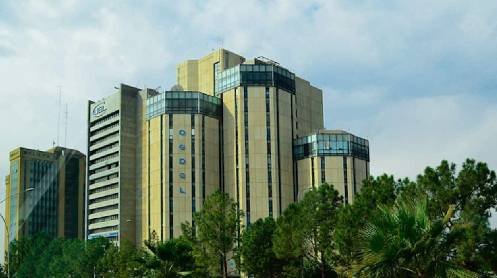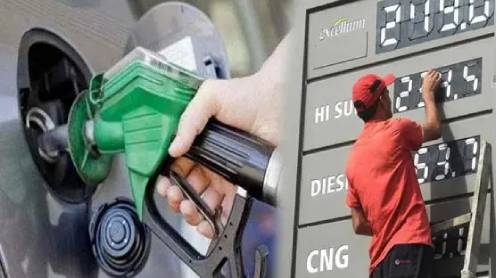In the late 90s of the previous century and early years of this century, Egypt in collaboration with international partners started the development of its LNG sector. This resulted in the Idku and Damietta plants with a capacity of 7.2 and 5.3 mtpa, respectively. However, the availability of feed gas evaporated overnight when domestic demand rose strongly until 2012 and the two LNG plants came to a standstill. Egypt’s fortunes have improved markedly the last couple of years resulting in Idku’s restart. Now, also, Damietta has started working after almost nine years of inactivity. Despite the positive signs, challenges remain.
The discovery of several major offshore gas resources during the past decade, of which the supergiant Zohr gas field is the biggest, improved Egypt’s energy outlook. The Idku plant has been exporting since 2018 when production at Zohr started. Furthermore, Egyptian Dolphinus Holding and Israeli Delek Drilling struck a landmark agreement and started importing additional gas from Israel’s Leviathan and Tamar offshore fields in 2020. The deal is worth an estimated $19.5 billion for the purchase of 85 bcm over 15 years. The majority of the gas is exported through the Idku plant to international markets.
The restart of the Damietta is another major achievement for Egypt which intends to become an energy hub and exporter. There are also plans to transport Cypriot feed gas from its offshore fields through subsea pipelines to the two Egyptian liquefaction plants. Furthermore, several bids were announced to expand exploration activities in the Mediterranean, Red Sea, and the Western Desert to further increase the country’s domestic production capacity.
However, the Covid-19 pandemic dealt a heavy blow to Egypt’s gas industry which strongly affected exports. Last year, the Idku plant processed 60 percent less than the year before. The preliminary figures this year, however, are much rosier with Cedigaz reporting three times higher exports year on year due to prices above $30 MBtu. The spot market was hitting record prices in the winter due to a combination of winter weather in North Asia, production issues in other regions, and bottlenecks through the Panama Canal.

The restarting of Damietta is the effect of high prices and strong demand. According to Ramadan Abu al-Alaa, professor of petroleum engineering at Sue Canal University, “being a hub for gas exports, Egypt will have a great political weight in the region, not to mention positive economic impact amid the repercussions of the coronavirus pandemic. Egypt will benefit from traffic fees and a cut on LNG [passing through its territories], given its unparalleled infrastructure in the Middle East.”
Whether Egypt succeeds in becoming an energy hub and major exporter, depends on domestic factors and international markets. The internal market still consumes vast amounts of gas which could, again, mean that the country won’t be able to export LNG somewhere after 2025 due to rising demand. Cairo is still grappling with the reform of the domestic subsidy system. According to Justin Dargin, “There is a bit of a divergence when we compare the investment terms that Egypt provides for its upstream market, and the prices for its downstream domestic market and LNG exports.”
Also, prices on the international market could impact the profitability of Egyptian exports as some of the feed gas comes from expensive deepwater fields which cost in the range of $5-7 MBtu. Rystad expects Egypt to meet domestic demand while exporting some surplus gas up until 2024. According to Pranav Joshi, a senior analyst at Rystad, “Considering that Israeli pipeline exports to Egypt also started last year, there will be extra gas from Tamar and Leviathan. But we are looking at the export potential to be very short-lived, maybe half-a-decade.”
Cairo is aiming to increase its exploration successes in similar basins and geologies to improve its export potential. Also, the existing Idku and Damietta facilities are important assets. However, the challenges are significant and success is not guaranteed.





